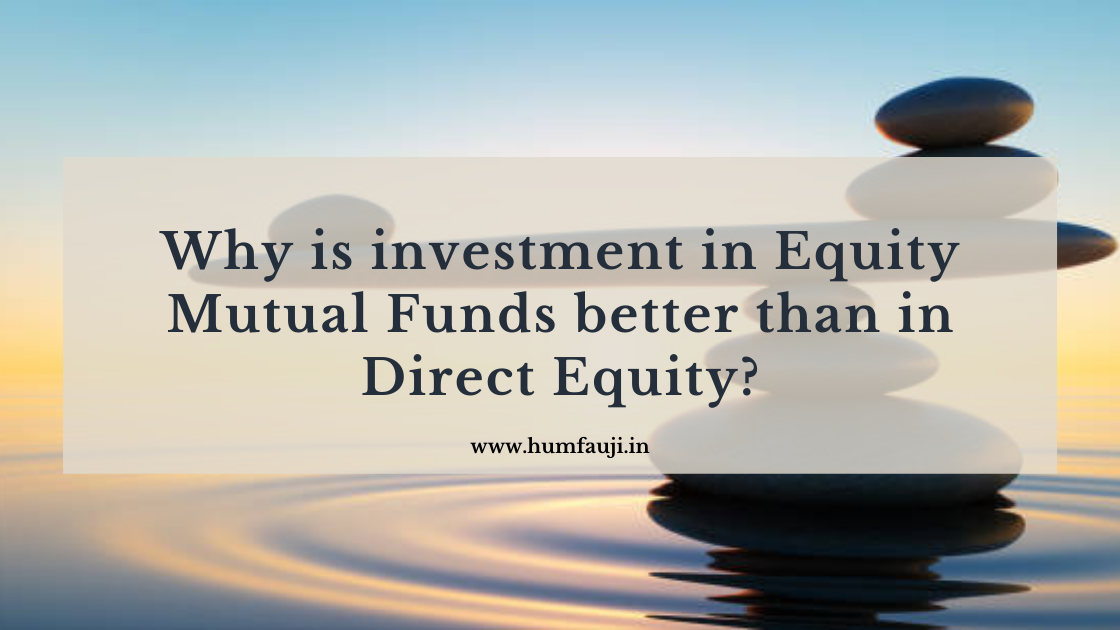Does the title surprise you? Then it’s mainly because you have been using these three terms interchangeably, without knowing the actual difference between them. Hopefully, at the end of this article, you’ll realise how different these three animals are from each other.
To start with, let’s look at the following scenarios.
Scenario 1:
Nitesh is extremely happy. At the behest of his father, he ‘invested’ Rs. 30,000 in a life insurance policy. Apart from a coverage of Rs. 5 lakh, this policy also gave him tax benefits on the premiums that he was paying.
Now, what is wrong in the above scenario?
The answer is that we never invest in insurance. We always buy insurance.
The real purpose of life insurance is to help secure your dependents financially in case of your death. Theoretically, it has nothing to do with investing. Investing is done to achieve long term goals like a retirement corpus, your child’s higher education, and so on, that benefit both you and your family.
Now in India, there are many products which combine insurance with investments like an endowment policy, or money-back plans. Since such products are quite remunerative for agents, these are pushed aggressively and hence, they have become extremely popular.
Such products tend to be more expensive than simple term insurance plans, which provide higher coverage at cheaper prices. A major chunk of premiums in these products is used to build corpus, and this is given to the insured person at the end of the policy term (before death). This amount is only a fraction of what could have been accumulated had it been invested elsewhere (like in mutual funds). As for insurance, a cheaper term plan would have provided a larger cover.
Scenario 2:
In 2010, Chandan decided that he would buy a car in three years without taking a loan. At that time, the cost of the car was Rs. 7.5 lakh. So, taking inflation into account, he calculated that he would need Rs. 9 lakh in 2013 to buy the same car.
Now, a typical Recurring Deposit (RD) (paying 8.25 per cent) of Rs. 22,000 every month would have accumulated Rs. 9 lakh in three years. But on the advice of his stock-expert friend, he decided to invest in the stock markets through a Systematic Investment Plan (SIP) of Rs. 22,000. Chandan and his friend assumed that stocks always give better returns than RDs.
But unfortunately, due to the bearish markets in 2013, the value of Chandan’s investment became Rs. 6.9 lakh – even lesser than his total investment of Rs. 7.9 lakh (36 x Rs. 22,000)! As a result, he couldn’t afford to buy his dream car at the end of three years. What mistake did Chandan make? The answer lies in the philosophy: Savings is for the short term. Investing is for the long term.
The answer lies in the philosophy: Savings is for the short term. Investing is for the long term.
Chandan tried to invest for the short term, i.e. three years (anything less than five years is short term). So, with such a short-time horizon, the ideal choice would have been to save using safer options like RDs.
Now, saving and investing are two related but independent activities.
Savings are to be made for the short term because it is the process of putting aside money in extremely safe products which might offer very low returns, but seek to keep your capital intact.
Investing is for the long term as it is the process of putting away money in products which have the potential to earn more than what can be achieved through savings, but at higher risks. If invested properly with adequate diversification, even these risks can be greatly reduced.
For more information, feel free to reach us on, contactus@humfauji.in or call + 011 – 4240 2032, 40545977, 49036836 or
Subscribe to our blog for regular financial updates or follow us on | Facebook | Twitter | Linkedin













Leave a Reply